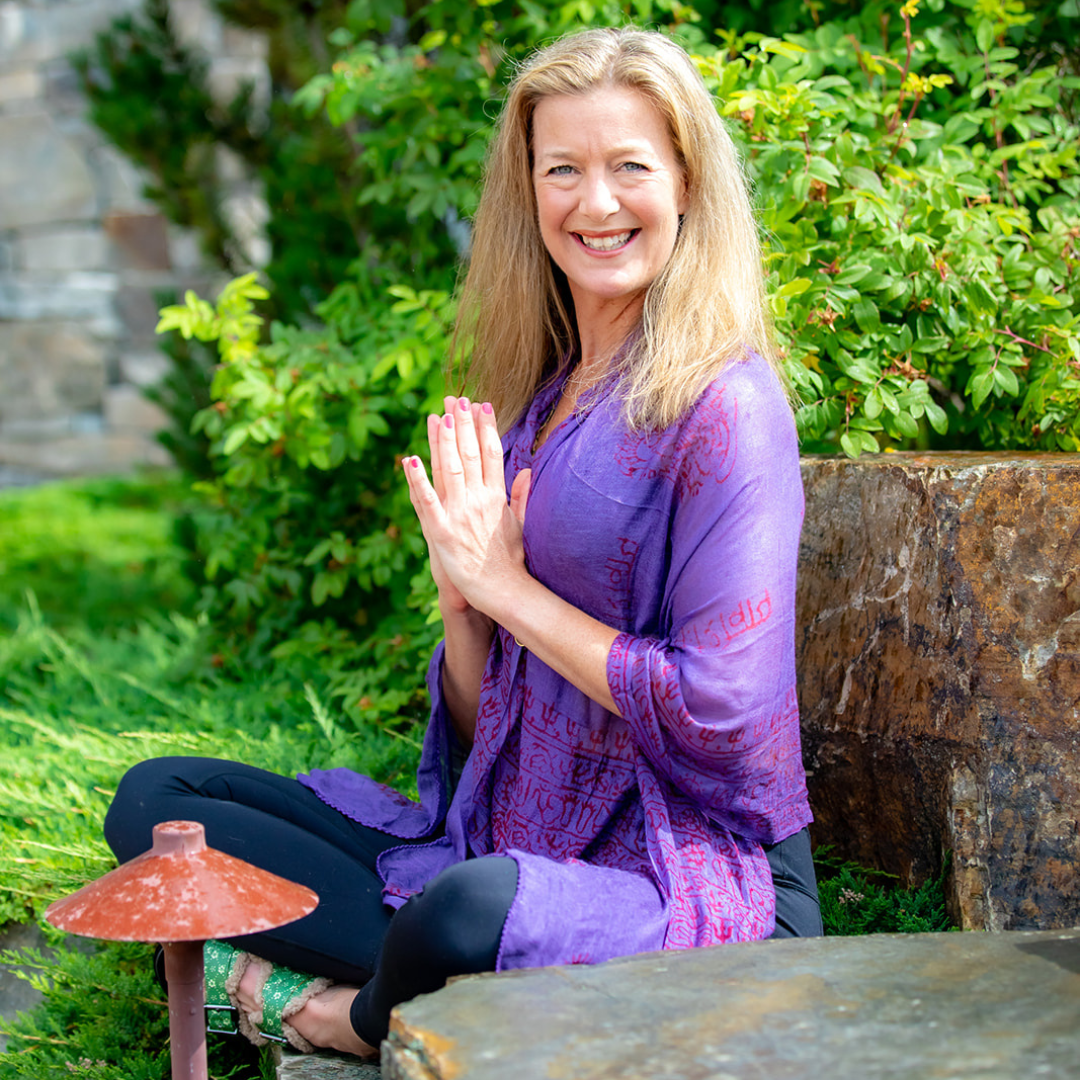
Trends in Health: What Women Over 50 Are Curious About
One of the things I love about leading Radical Health Accelerator is observing the types of questions I get and seeing what the trends are.
I know that what the women in the program are curious about at any given time is a window into what other health-minded women over 50 in the US (and in other countries, we have 5 countries represented in this year’s RHA) are exploring in their own lives.
Since we cover exercise, diet and energy in the program, the questions run the gamut but this year there’s a strong interest in eliminating dairy.
It makes sense as there are several news reports out currently about how the dairy industry is collapsing before our eyes. The primary reason for this is the fall of fluid milk consumption (cheese… well that’s another story.)
We’ve all been conditioned to like white, creamy liquid in our smoothies, coffee, chia pudding and soups and the “dairy” case is exploding with non-dairy options. But many of these are loaded with junky ingredients and sugar, and the price of some of them is ridiculous, so what do you do?
Make your own!
I bought my first (and only) plant milk maker in 2016 and it’s still going strong every single week. I like to buy organic, non-GMO soybeans, soak them, and make soy milk. But there are a gazillion ways and recipes that you can use to make plant milk.
Pecans, hemp seeds, sunflower seeds, pumpkin seeds, oats, rice, quinoa, soy beans, almonds, macadamia nuts, cashews, hazelnuts, walnuts, brazil nuts, coconut, pistachios, pine nuts and more!
You can also play with all kinds of combinations. I think homemade oat milk is gross (it’s enlightening to experience it – slimy! – without all the fillers and emulsifiers that manufacturers add to it) but 50% oat / 50% soybean is really good!
With homemade plant milk, you get to experience pure food without all of the additives.
The plant milk maker I use is called Soyajoy and you can make soymilk, nut and seed milks, soups, porridges, hot cocoa and more – either cooked or raw.
Another one I know people like is called Almond Cow.
There are also ways to make milk with a powerful, high-speed blender (but those milks tend to separate in the refrigerator and the machine ones don’t).
One other benefit I’d like to add about plant based milk is the positive environmental impact.
My soymilk costs 40 cents a pitcher and there’s virtually no waste. I use the same machine over and over and I pour my homemade milk in the same glass pitcher every time. There are no cartons going into the trash.
And the emissions, land use and water use impact is enormous. See the graph below (yes, almond milk uses less water than dairy cows):

Win! Win! Win!


